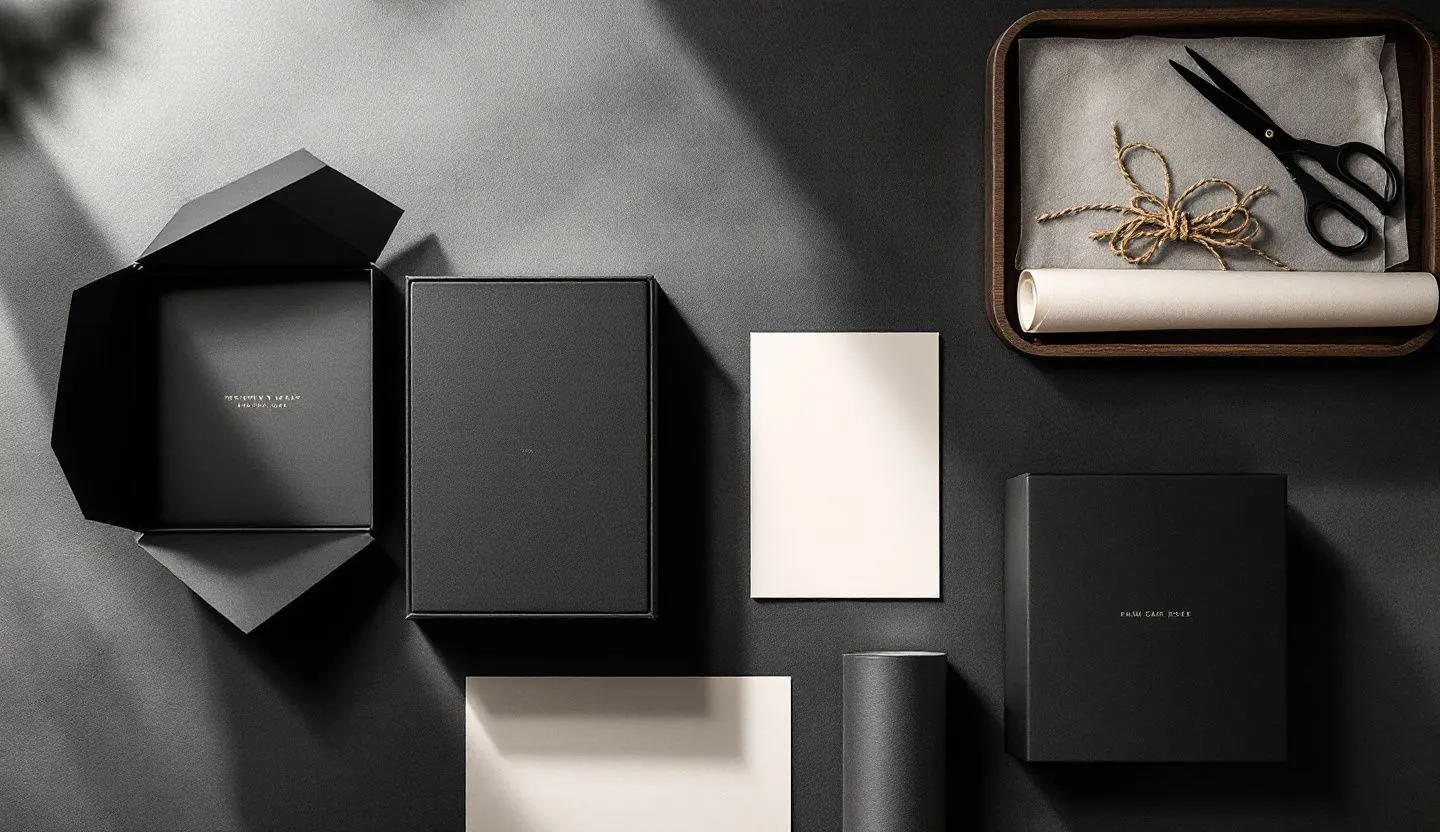Fluer vs WooCommerce: Complete Business Online Presence vs E-commerce Template Customization
Understanding the Difference Between All-in-One Brand Platforms and Modular E-commerce Builders
Choosing the right platform for your online business can feel like navigating a maze. With an abundance of tools available, it’s easy to get tangled between feature lists, design capabilities, and long-term scalability. Two popular yet fundamentally different options are Fluer and WooCommerce. Fluer positions itself as a comprehensive solution for businesses aiming to build a strong online presence, while WooCommerce offers flexibility through customizable templates for e-commerce. This blog explores how these platforms differ in approach, value, and execution. If you're wondering whether to go for a brand-forward experience or a modular e-commerce setup, keep reading. We’ll break down what makes each platform tick and which one might suit your business needs better.

What Fluer Offers: A Business-Centric Approach
Fluer is not just another website builder — it’s a business operating system for modern brands. Designed for entrepreneurs who value brand storytelling, consistency, and elevated customer journeys, Fluer offers a unified platform for website, store, visual design, and client experience. Instead of piecing together third-party plugins, you get a streamlined solution that aligns every customer touchpoint with your brand identity. For businesses that want more than just a checkout cart, Fluer becomes your digital flagship store. From visual branding to client communication, every component is curated to build trust and loyalty. The result? A presence that feels cohesive, intentional, and premium. This approach especially benefits creative founders who want their brand to feel handcrafted and human.

Work Smarter, Not Harder with AI
Watch how Fluer helps small businesses automate marketing, branding, and content—effortlessly.WooCommerce: A Template-Driven E-commerce Engine
WooCommerce is a powerful plugin that turns any WordPress site into a functional online store. It’s beloved for its flexibility, allowing you to select from thousands of themes and plugins to tailor your store’s features. If you’re technically inclined or have a developer on your team, WooCommerce can be molded into virtually anything. However, this modularity comes with complexity. Managing updates, ensuring plugin compatibility, and maintaining performance often require ongoing technical oversight. Unlike Fluer, WooCommerce doesn’t provide a built-in brand design system or centralized admin for your whole business. It’s ideal for sellers who prioritize feature control over cohesive brand storytelling.
Brand Consistency: The Fluer Advantage
With Fluer, branding is not an afterthought — it’s the foundation. Every template, layout, and visual asset is designed to support brand harmony across your website, store, and client communications. This level of design integration is rare in most e-commerce solutions. WooCommerce, while flexible, often requires you to manually sync your brand elements across plugins and third-party tools. This can lead to inconsistencies in visuals, tone, and user experience. For emerging brands trying to look established, this inconsistency can be damaging. In contrast, Fluer's system ensures all visual and experiential elements are seamlessly aligned. This helps businesses of any size present themselves with the polish of a premium brand.

Setup and Maintenance: Simplicity vs Control
Fluer removes the setup headaches by offering guided onboarding, pre-built brand layouts, and native tools that work perfectly together. There’s no need to troubleshoot plugin conflicts or hire additional developers. Everything works out of the box, so you can focus on growing your business. WooCommerce, on the other hand, offers deep customization but at the cost of simplicity. You’ll often need to manage hosting, security, speed optimization, and more. While this might appeal to developers or large teams, it may be overwhelming for solo founders or small operations. The choice between simplicity and control is one of the core differences between these platforms.
Feature Comparison: Side-by-Side
- Fluer: All-in-one platform with built-in branding, store, and client tools.
- WooCommerce: Modular e-commerce plugin for WordPress with third-party integrations.
- Fluer: Designed for visual storytelling and holistic brand experiences.
- WooCommerce: Ideal for advanced customizations and developer-led builds.
- Fluer: No-code setup, seamless updates, and design consistency.
- WooCommerce: Requires technical oversight and plugin management.
Scalability and Growth
As your business grows, your platform should evolve with it. Fluer is built to scale from a single product brand to a multi-channel business with ease. Its infrastructure supports marketing, CRM, and client services natively. WooCommerce, while scalable, often requires increasingly complex setups to stay performant and maintainable. For example, as traffic increases, caching, load balancing, and database optimization become necessities. This can increase costs and technical burden. Fluer abstracts these challenges, allowing founders to focus on growth strategies rather than backend maintenance. Ultimately, your long-term success depends on how well your platform supports both present needs and future ambitions.

Final Thoughts: Which One is Right for You?
The decision between Fluer and WooCommerce ultimately comes down to your priorities. If you're building a brand-focused business and want a simple, elegant, and unified platform, Fluer offers unmatched value. It’s ideal for founders who want a system that handles everything — from storytelling to selling — with minimal friction. On the other hand, if you need deep customization, already use WordPress, and have the technical resources to maintain it, WooCommerce remains a strong contender. It offers flexibility, but at the cost of design cohesion and ease of use. Understanding your brand goals, team capabilities, and scale timeline can help guide your decision.
Both platforms serve different user intentions — Fluer supports brand natives who want to look and feel premium out of the box, while WooCommerce empowers technical users to build exactly what they envision. There’s no one-size-fits-all answer, but there is a best-fit solution for your business stage and vision. For those ready to invest in their brand image and customer experience, Fluer is a modern, robust choice. For those with technical expertise and niche requirements, WooCommerce brings flexibility and control. Whichever route you choose, ensure it aligns with your long-term brand promise and operational goals.

